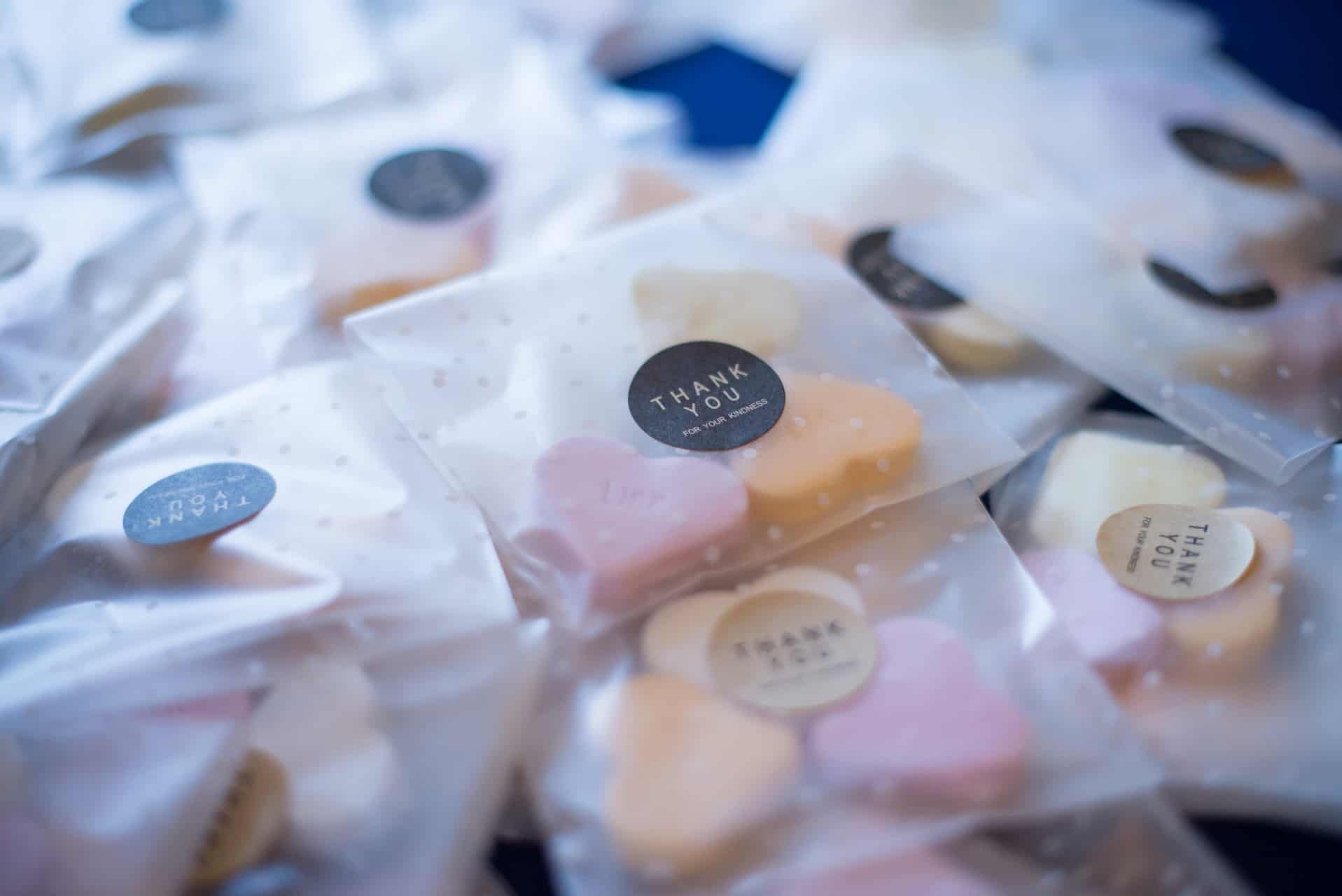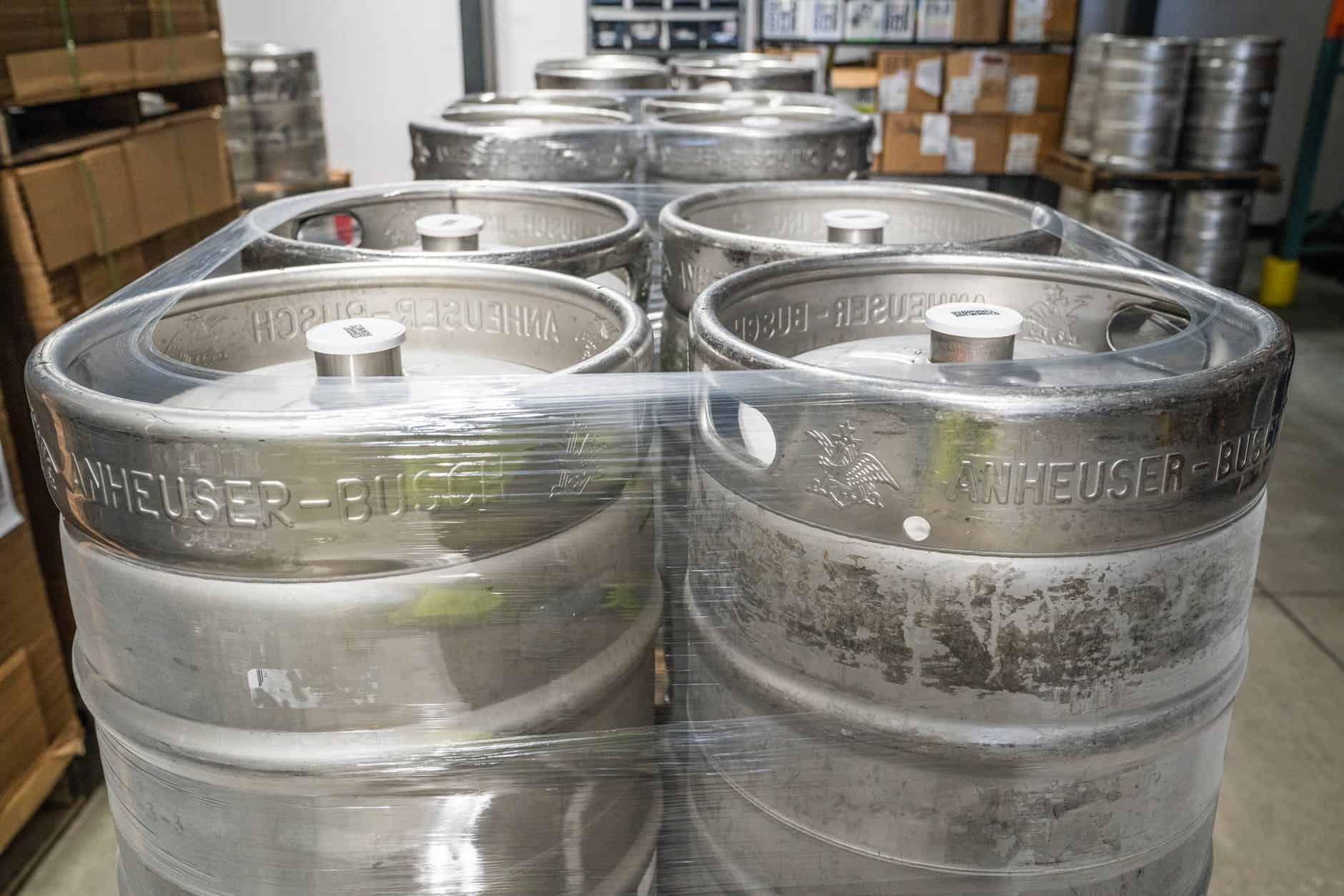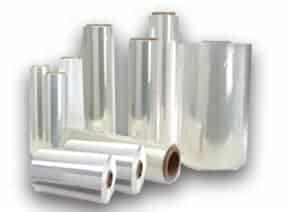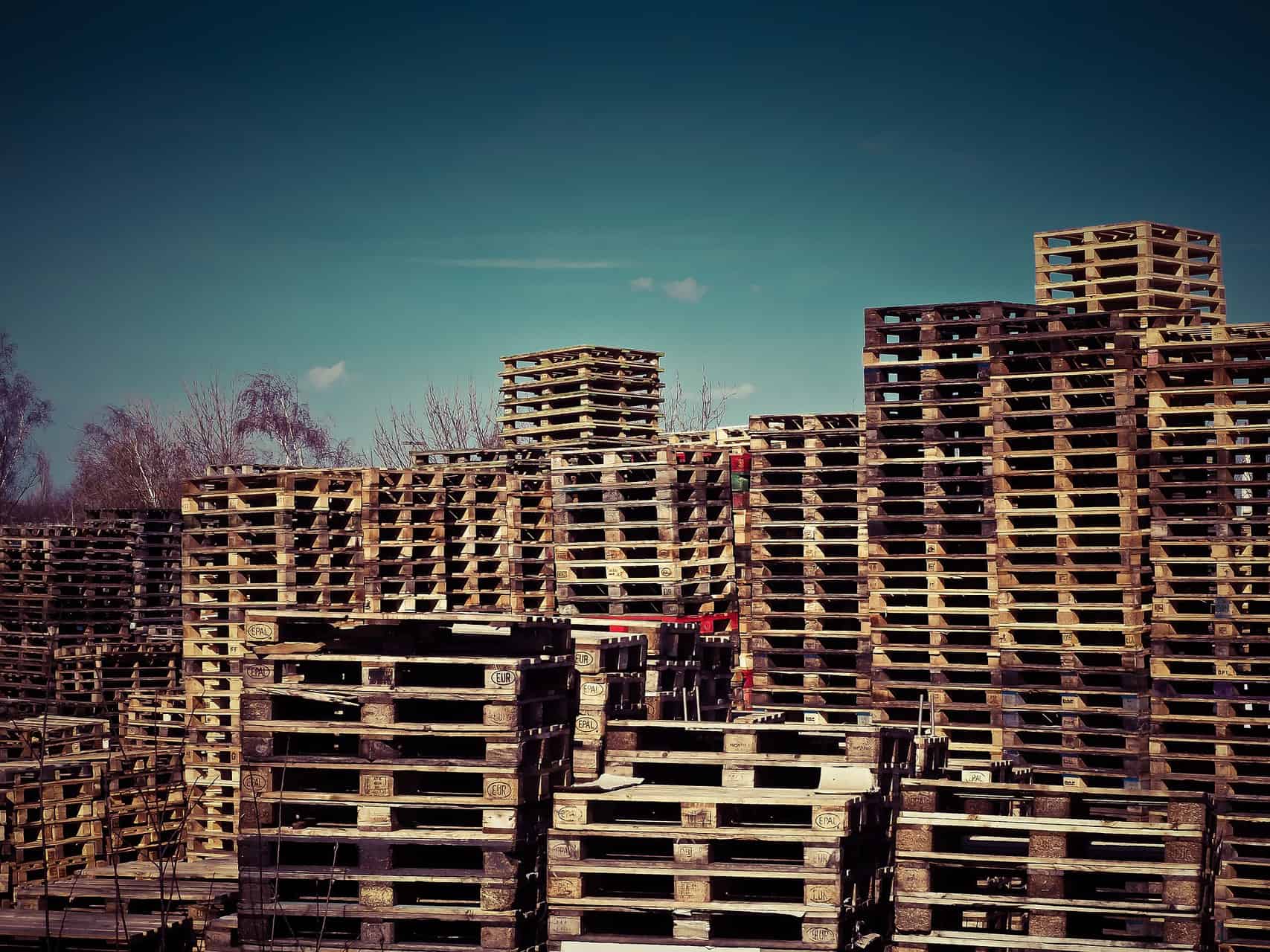There is a lot of confusion between polyolefin shrink wrap and stretch wrap. Users often say they want something shrink wrapped when they mean stretch wrapped. Both are used for transporting a bundle of products together, but the wrapping process is very different. In this article, we explain the difference between polyolefin shrink wrap and its stretch wrap alternative.
The Similarities of Shrink Wrap and Stretch Wrap

It is not hard to see why there is confusion between shrink wrap and stretch wrap. First and foremost, the final appearance of both is very similar. Both create a tight finish over and around whatever they are wrapping. Both shrink wrap and stretch wrap are commonly used to protect products or hold multiple products together for transport.
The key difference between stretch wrap and shrink wrap comes down why you’re wrapping the product in the first place. Stretch wrap is generally more for transport, while shrink wrap is generally more often used for displaying your product. They can both be made of the same polyolefin, with polyethylene most commonly used for both shrink wrap and for stretch wrap.
Why Use Stretch Wrap?

Stretch wrap is about the cold or warm application of elongated film to an object. The wrap is stretched around the product until it is completely encased and protected from outside elements.
This contrasts to shrink-wrapped products, which requires the polyolefin shrink wrap film to be wrapped around a product and then heated to 100-150˚ Celsius to achieve the desired tight finish and attractive sheen.
Stretch wrap is most often used in things like packing vegetables, fruit, and trays of meat. Shrink wrap is likewise used in a large variety of industries, including food packaging.
Stretch wrap is more often used for transportation or storage purposes than shrink wrap. However, shrink wrap is more usually employed to protect a single product from dust or weather, or to tightly combine smaller items together.
Why You Should Shrink Wrap Pallets
Pallet loads are somewhat commonly stretch wrapped rather than shrink-wrapped. Stretch wrap tends to be slightly cheaper, but for bulky and hefty products like glass, tiles, brick or others, or ones that are very fragile, shrink wrapping can prove more effective. Shrink wrapping also has the possibility of being ventilated or airtight, therefore reducing any damage that can occur from moisture.
Shrink wrapping pallet loads requires the use of a shrink polyethylene hood and, generally, a gas flame handgun. Shrinking the film typically involves two stages: sealing then shrinking. Sealing consists of creating a sleeve or a bag of film over the product you want to wrap.
Then, in the second stage of the process, the polyolefin shrink wrap is shrunk with the application of heat over the product. The film will have been elongated during manufacture, and the application of heat activates the elastic memory of the material, causing the molecules to contract to their pre-elongated state. This wraps the polyolefin shrink film tightly over the product, protecting it until the film is removed. If you would like more information on the process of shrink-wrapping freight pallets, check our guide here.
Kempner are market leaders in the supply of shrink wrapping machinery, materials, and supply pallet stretch wrap in a variety of specifications to meet our customers’ needs. If you need any support choosing appropriate polyolefin shrink wrap or shrink wrapping machinery for your current business, get in touch and we will be glad to assist you.



